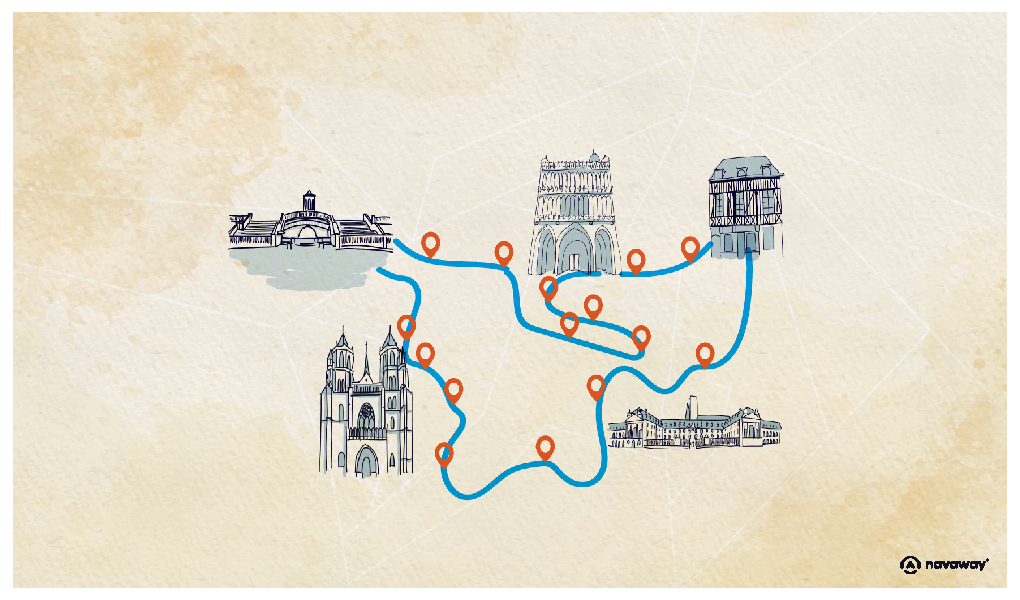
Notre Dame church and its Jacquemart
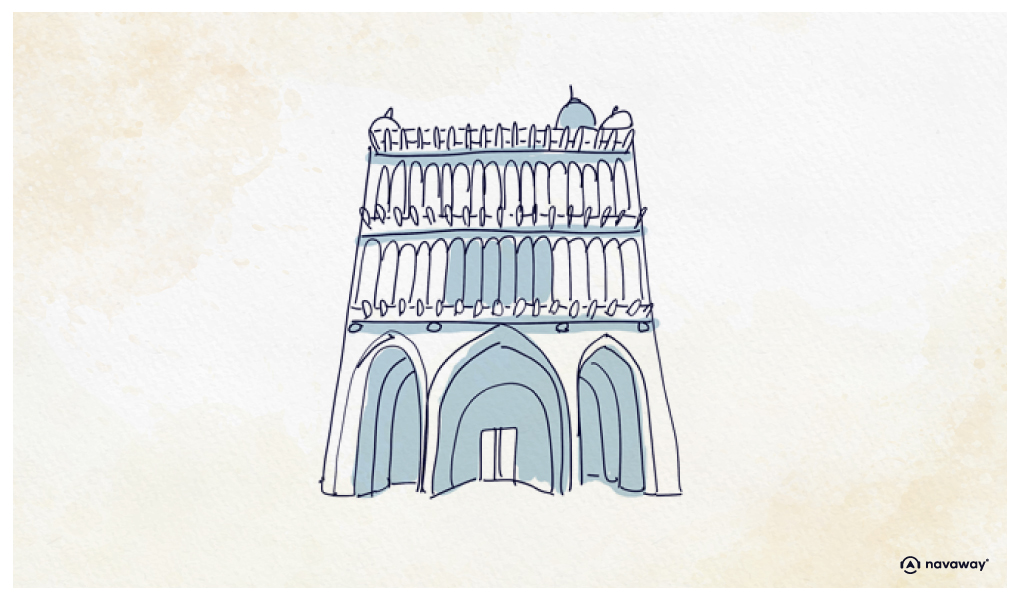
This point of interest is available as audio on the tour: Visit Dijon, Capital of Burgundy
A masterpiece of 13th-century Gothic architecture, Notre Dame church is the oldest church in Dijon. Completed in 1250, it has a special feature that is found nowhere else: a small owl is sculpted on the chapel of the church and is the subject of a legend known to all the people of Dijon. Make a wish and stroke the owl with your left hand, and your wish will be granted! But once you’ve done so, be careful not to look at the black cat perched on the Millière mansion next door, or the magic will be undone! After this little ritual, which I hope will enable you to make your dearest wishes come true, let’s get back to the impressive church – yes, another one! – which stands along la Chouette street, by the way, Chouette means owl. It was once home to a small chapel, which was rebuilt into a fine Romanesque church in the 1150s, but due to lack of space and the growing population of Dijon, it had to be rebuilt a century later, this time in the Gothic style that was fashionable at the time. The construction took only 20 years, and it was consecrated in 1334. Some of the greatest architects of the time, including Soufflot, Vauban and Viollet-le-Duc, considered it a true masterpiece. Its western facade, which you will soon be able to admire on Notre-Dame square, is truly original and unique in Gothic architecture. It consists of 3 large arches forming the entrance porch, topped by two galleries of superimposed arches, and 51 gargoyles representing human beings, animals and monsters. At the very top – and you’ll have to stand back to see it – is the church’s Jacquemart, the city’s second emblem along with the owl. A Jacquemart is an automaton that represents a figure and tells the time by striking a bell with a hammer. Dijon’s jacquemart is one of the oldest in France, installed on the church in 1383. There was initially just one figure, which the people of Dijon called Jacquemart. They then added his wife, Jacqueline, in 1651, followed by a son, Jacquelinet, in 1714, and finally a daughter, Jacquelinette, in 1884. Jacquemart and his wife rang every hour, while their children rang every quarter of an hour on a smaller bell. With all this, Dijon’s Notre Dame church is clearly a monument not to be missed in the mustard capital! Feel free to go inside, and you’ll discover some remarkable stained glass windows, a beautiful organ, and one of the oldest statues of the Virgin, Notre-Dame de Bon-Espoir statue, which dates from the 11th or 12th century.


Discover Dijon with app
An interactive guide through the most beautiful streets, squares, and districts
24 fun audioguides full of historical facts, anecdotes, and legends
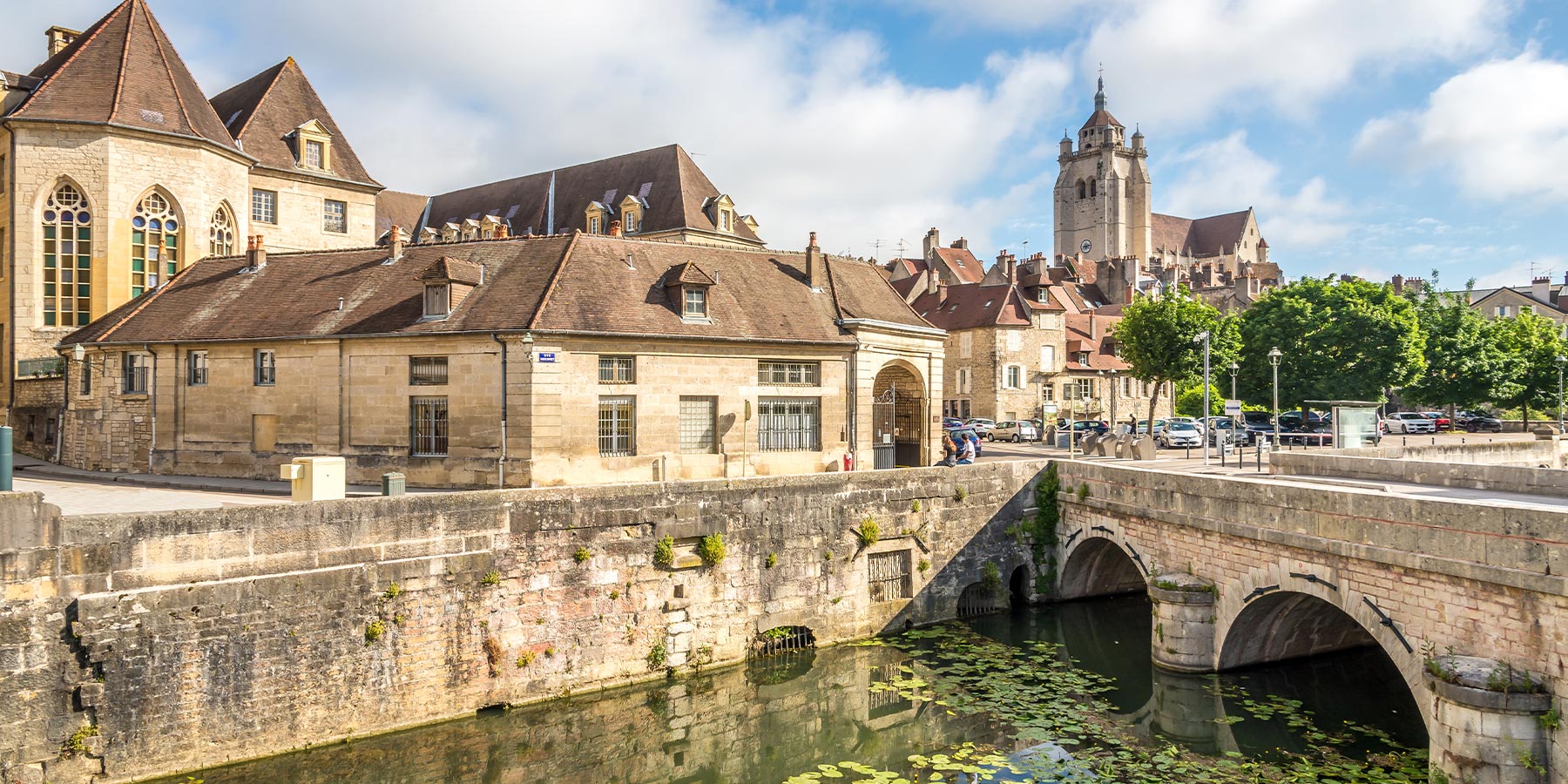

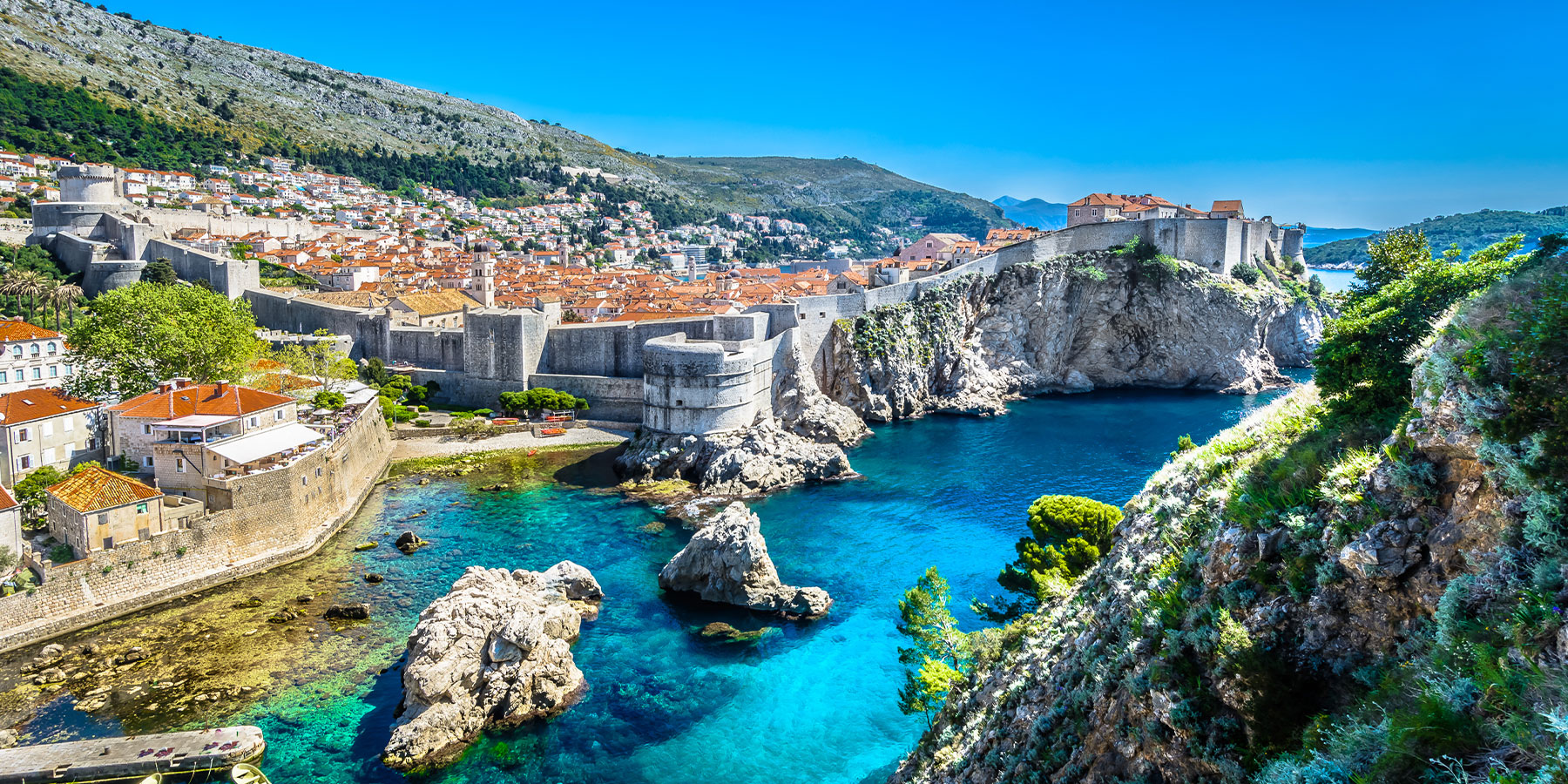
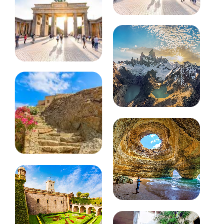

Comments